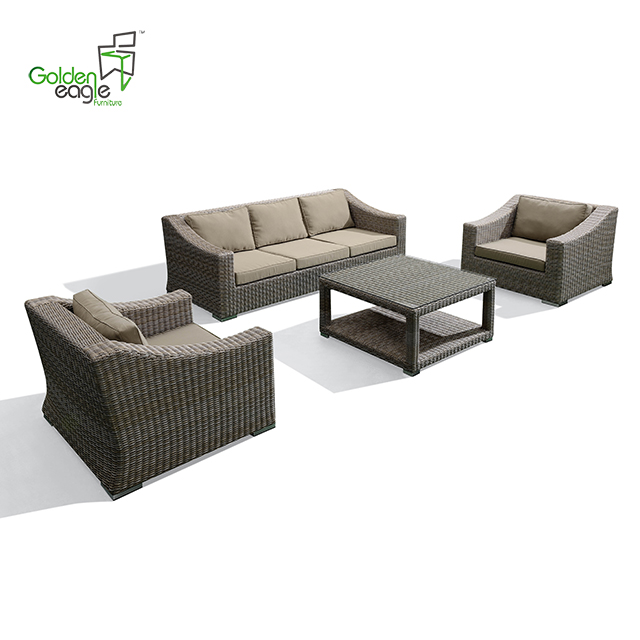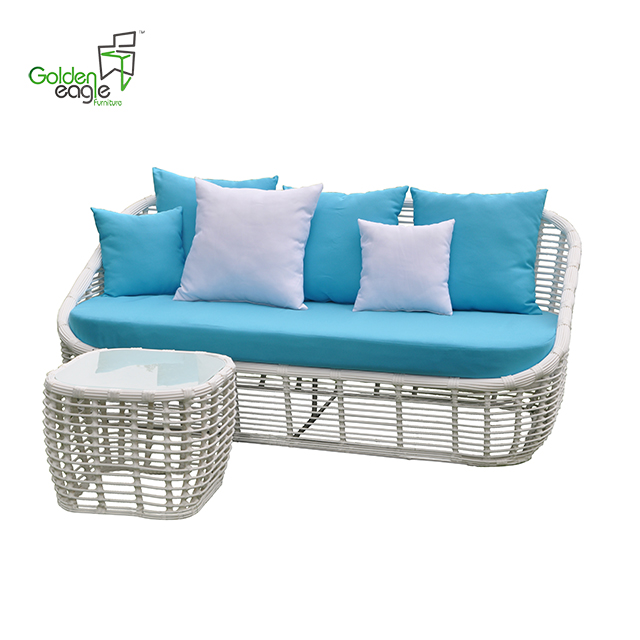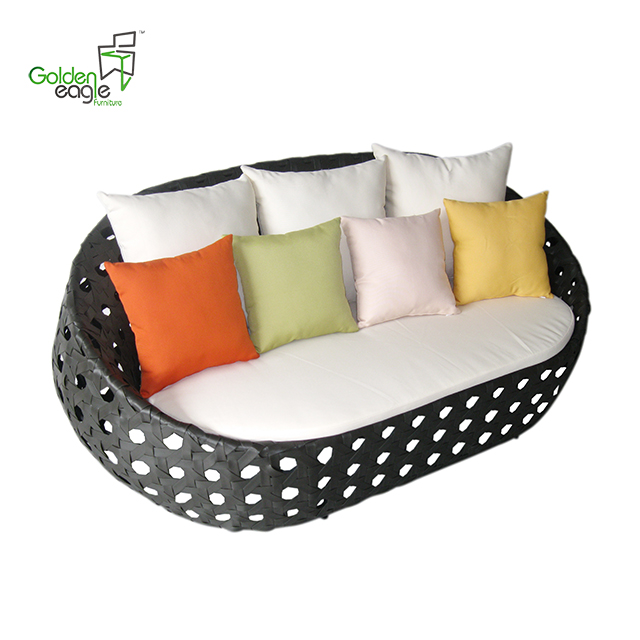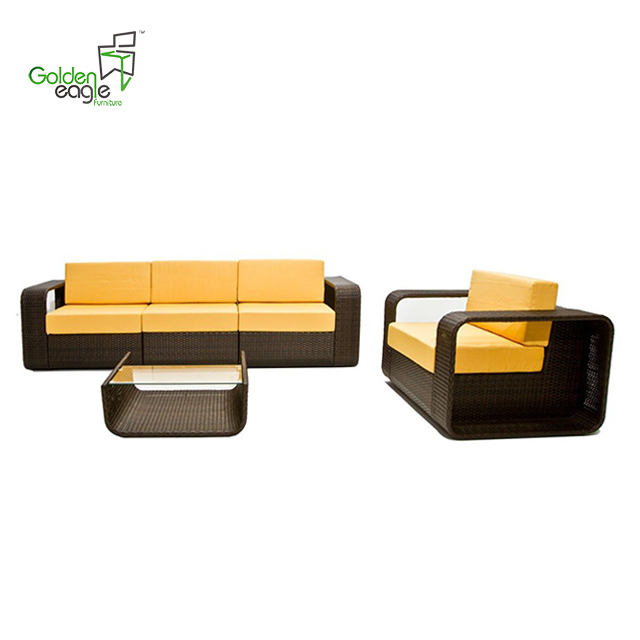Effect of Incoming Ink on the Density Change of Offsets
We have found that most of the density changes on sheetfed and web offset presses originate from ink layer changes on the ink fountain roller, and the ink layer changes on the ink fountain roller due to changes in the main process variables. caused. The main process variables are: the number of rotations of the ink fountain roller, the amount of water, the printing speed, the temperature of the various rollers, the ink fountain temperature, and the amount of ink in the ink fountain. The test prints were printed with red fast drying ink and black web offset ink on various grades of coated paper.
Measure the thickness of the ink layer with the ink level controller, but do not touch the ink fountain roller. The main advantage of this measurement method is that the time constant for controlling the ink is small, and the measurement result is not influenced by the water intake or the paper fluff.
In most lithographic presses, ink is fed from the fountain to the inking system. There is an ink fountain roller and a flexible blade in the ink fountain. The ink fountain roller can be rotated continuously or intermittently. As the ink fountain roller rotates, the ink is squeezed to pass between the ink fountain roller and the ink blade to form an ink layer on the ink fountain roller, and then the ink layer on the ink fountain roller is transported to the ink distribution system through the ink transfer roller. Adjust the ink fountain screw to change the gap between the flexible ink knife and the ink fountain roller to control the horizontal ink flow. Because there is ink in the ink fountain, there is a static pressure. As the ink fountain roller rotates, the static pressure of the ink counteracts the bending stress of the ink blade. The degree of balance between these two forces determines the degree of curvature of the ink knife, which in turn determines the thickness of the ink layer on the ink fountain roller. When the position of the adjustment screw is fixed, the bending stress remains unchanged, but the ink pressure will change for other reasons.
1. The fluid pressure changes with the viscosity of the ink: the higher the viscosity, the greater the pressure and the thicker the ink layer on the ink fountain roller.
2. In the printing process, the viscosity of the ink is mainly affected by temperature changes. The temperature in the ink fountain rises, and the ink layer on the ink fountain roller thins.
3. It has been found that the fluid pressure in the ink fountain is a linear function of the surface speed of the ink fountain roller, or in direct proportion to the gradeability of the ink fountain roller. That is to say, the ink layer thickness map formed on the intermittently rotating ink fountain has the same shape as the rotational speed diagram. When the speed of the printing press changes, the speed of the ink fountain roller also changes, thereby changing the thickness of the ink layer on the ink fountain roller.
4. The static pressure and ink layer thickness on the ink fountain roller are all dependent on the ink volume in the ink fountain. The smaller the ink volume, the greater the dependence.
The various factors mentioned above are various process variables that can be varied on the press during the printing process. Different ink fountain structure, print density will have some degree of change. However, this article does not deal with changes in print density due to changes in process parameters in ink fountains.
In solving the problem of how to control the amount of ink in the lithography process, the simplest method is to control the amount of ink in the ink fountain. For this purpose, there are the following two possible methods:
(1) If the thickness of the ink layer is measured before the transfer roller and after the transfer roller, the actual amount of ink transferred to the leveling system and to the paper can be calculated based on the difference between the two measurements.
(2) Assume that the transfer ratio between the transferred ink amount and the ink amount on the ink fountain roller does not change much. Then, it is only necessary to measure the thickness of the ink layer on the ink fountain roller which is taken out by the ink cutter to completely control the amount of ink.
The above two measurements are important when the ink thickness control system needs to form a closed feedback loop. For example, on a web offset press, the delay time between adjusting the ink knife and measuring the thickness of the ink layer being adjusted does not exceed 10 revolutions of the press. It may take a little longer to adjust the thickness of the ink layer at the measurement point.
On the ink fountain roller, the water content of the ink is very small. Therefore, the effect of ink balance on the thickness of the ink layer is also minimal. If some water enters the ink fountain, the measurement results will change.
The only place where the ink reaches the ink roller without the occurrence of nip splitting is before the transfer roller. The splitting phenomenon causes the surface of the ink layer to be uneven, which may cause measurement results to be different. In this case, the measurement should be performed in a uniform ink system, that is, by a detection roller that is in contact with an ink roller in the ink distribution system. The thickness of the ink layer on the ink fountain roller is 5 to 10 times higher than that on the ink roller. Therefore, the measurement result does not need to be absolutely accurate.
When printing with wood pulp paper, the ink roller is gradually filled with paper, this phenomenon is indeed a big problem. However, this problem is not important on the ink fountain roller.
On the other hand, if the splitting constant in other nips changes, it may cause the measurement results on one roller of the ink distribution system to change, but it does not affect the measurement results obtained on the ink fountain roller.
(author/Lin Yingui)
Outdoor Sofas Furniture
Sofas furniture that is three seat seat, you can sit together with your friends or family together, or lie down for a lunch rest. Completely comfortable sofas furniture are perfect fit for arid and coastal climates alike.
· Handwoven premium resin wicker UV resistant
· Rust-resistant powder-coated frames
· Cushions included with 30 density sofa foam
· Versatile tempered glass tables
· Cushions also available with 100% waterproof fabric.
Outdoor Sofas furniture with different style and hand weaving




If you have any questions, please contact with us directly. Outdoor Sofa Furniture are produced
by Golden Eagle Outdoor Furniture With High Quality and Good Appearance. Welcome you can visit our Factory.For any inquiry,Please send mail directly to us.
Aluminum Patio Furniture,Garden Furniture Cushions,Contemporary Outdoor Furniture,Garden Outdoor Furniture PE Wicker
Golden Eagle Outdoor Furniture Co., LTD. , https://www.gesunumbrella.com